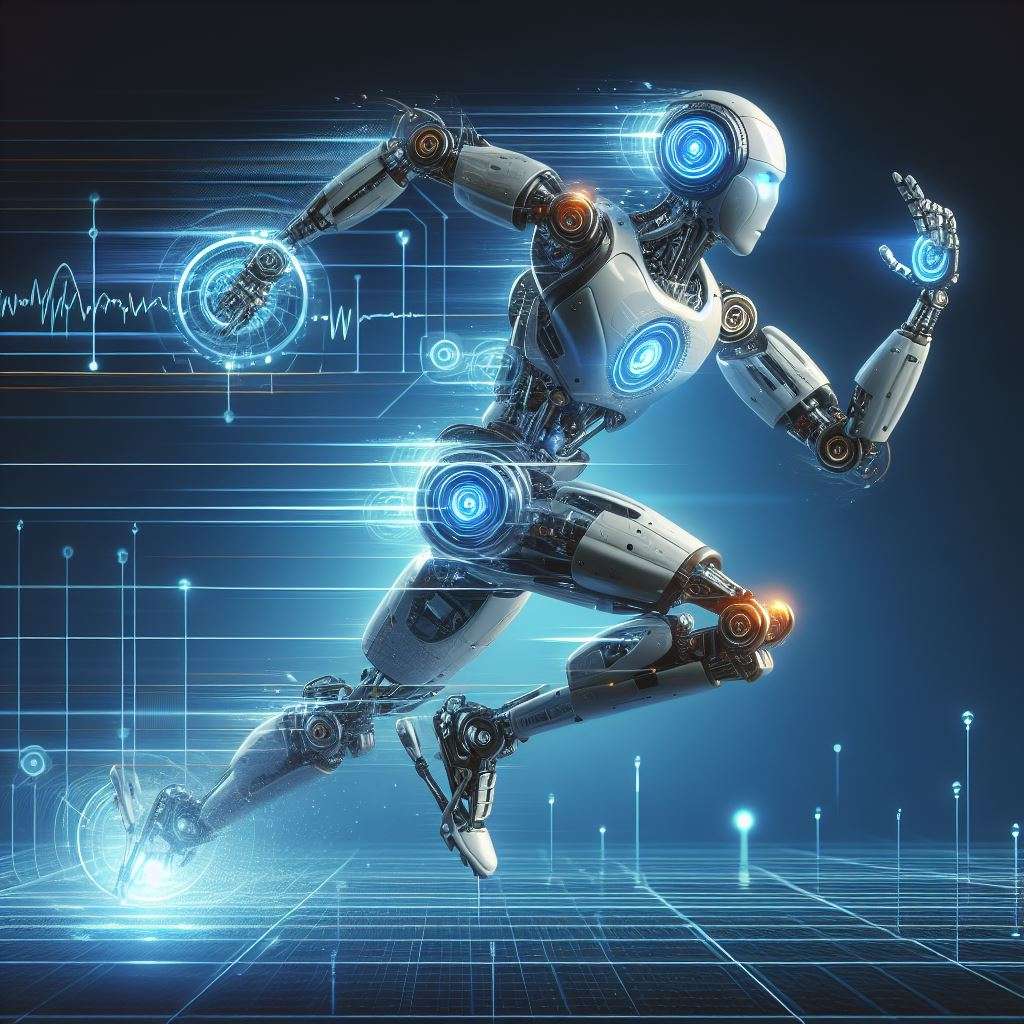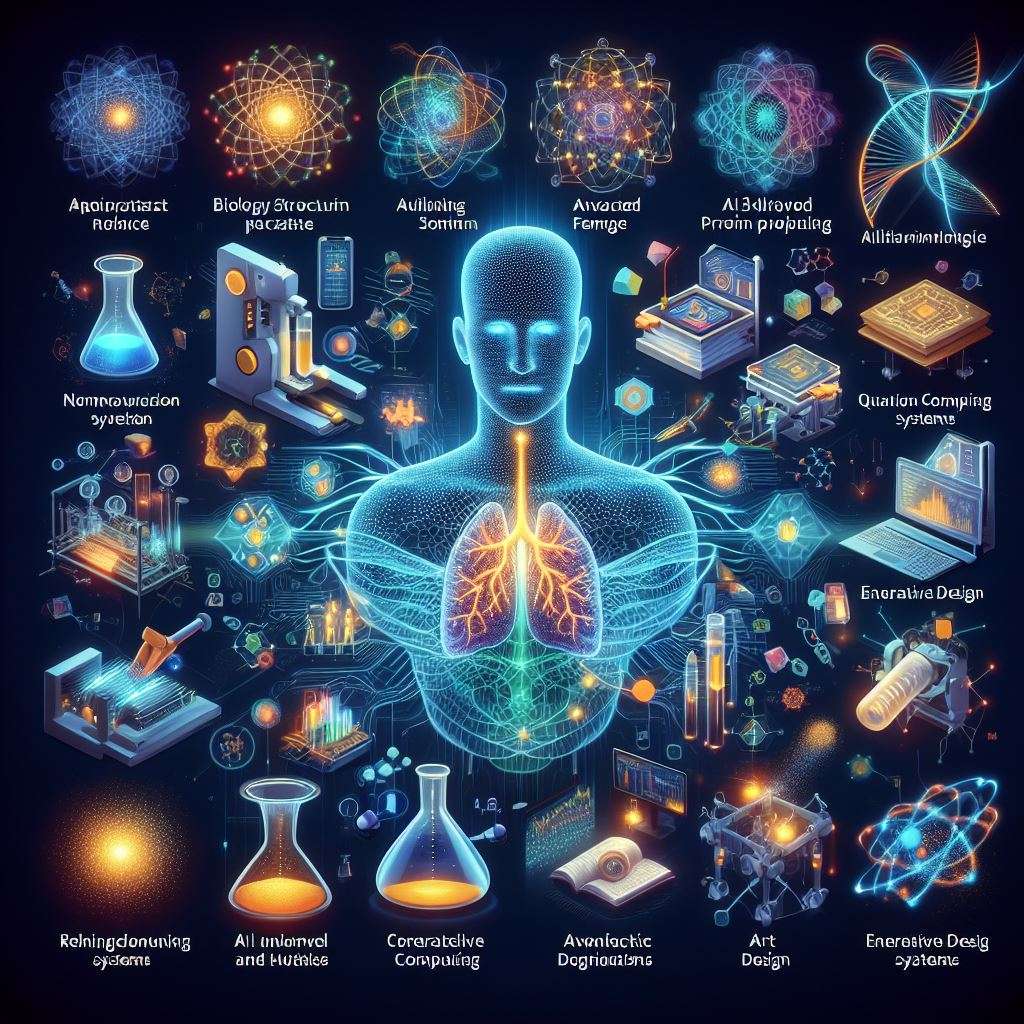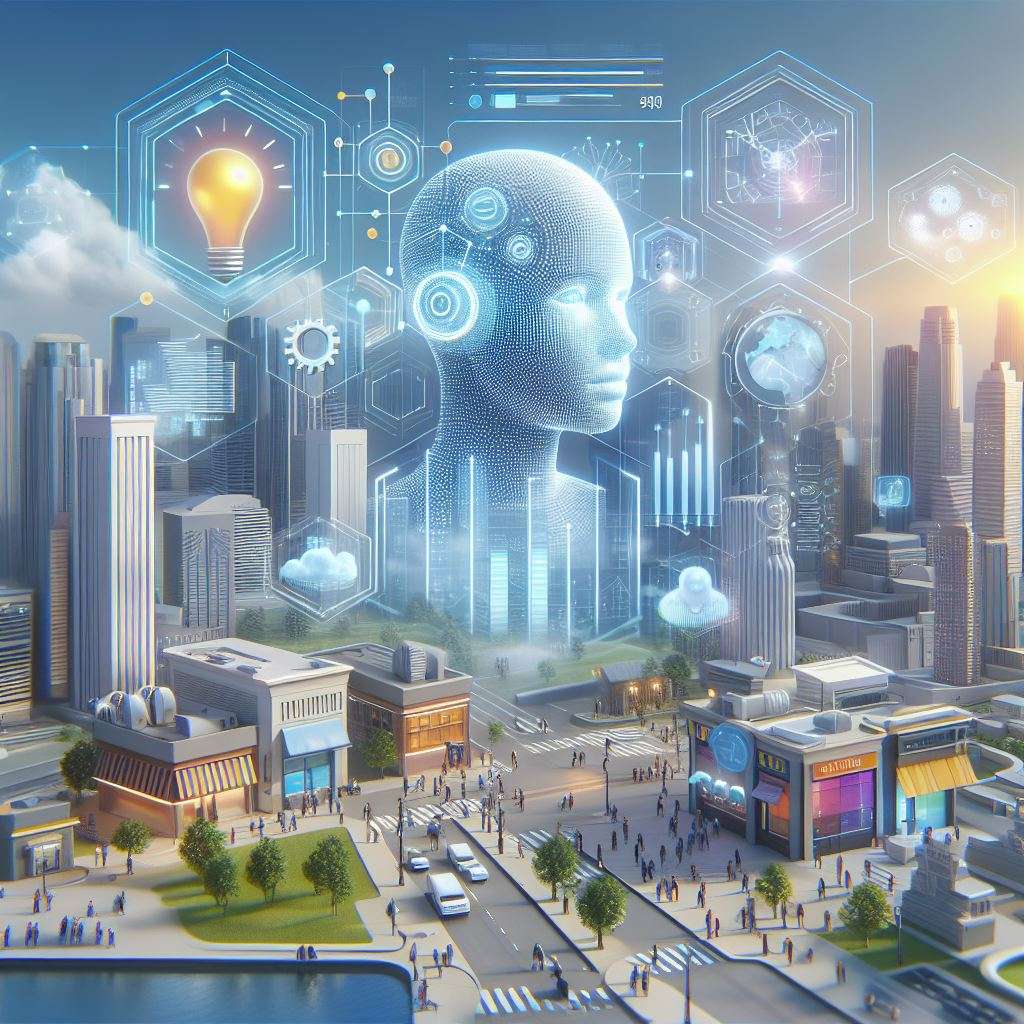Artificial intelligence (AI) has made remarkable strides in recent years, achieving feats that were once considered impossible. From predicting the complex shapes of proteins to composing classical music that rivals human-made masterpieces, AI has demonstrated its power and versatility across various domains. AI is no longer a distant dream, but a present reality that is transforming our lives in profound ways.
However, AI is not without its challenges and risks. As AI becomes more pervasive and influential, it also raises important questions about its impact on society, ethics, and the environment. How can we ensure that AI is fair, transparent, and accountable? How can we protect our data and privacy from malicious actors and unintended consequences? How can we balance the benefits and costs of AI for different stakeholders and sectors?
In this article, we will delve into the current state of AI, exploring its groundbreaking achievements, pressing challenges, and exciting opportunities. We will also discuss how we can harness AI responsibly and ethically, to create a better future for ourselves and the planet.
Breakthroughs on the Horizon
AI is advancing at an unprecedented pace, thanks to the availability of massive data, powerful computing resources, and innovative algorithms. AI is not a single technology, but a collection of subfields that aim to mimic or augment human intelligence and capabilities. Some of the most prominent subfields are natural language processing (NLP), computer vision, and robotics.
NLP is the branch of AI that deals with understanding and generating natural language, such as speech and text. NLP has made significant progress in recent years, enabling applications such as voice assistants, chatbots, machine translation, and sentiment analysis. One of the most impressive examples of NLP is LaMDA, a language model developed by Google that can generate realistic and coherent dialogue on any topic. LaMDA can converse with humans on a wide range of subjects, from sports to philosophy, and even crack jokes and puns.
Computer vision is the branch of AI that deals with analyzing and interpreting visual information, such as images and videos. Computer vision has enabled applications such as face recognition, self-driving cars, medical diagnosis, and augmented reality. One of the most stunning examples of computer vision is Dall-E 2, an image generator developed by OpenAI that can produce photorealistic images from text or code. Dall-E 2 can create images of anything imaginable, from a cat wearing a suit to a skyscraper made of cheese.

Robotics is the branch of AI that deals with creating and controlling machines that can perform physical tasks. Robotics has enabled applications such as industrial automation, disaster relief, and space exploration. One of the most remarkable examples of robotics is the Boston Dynamics robots, which can achieve unprecedented agility and mobility. The Boston Dynamics robots can run, jump, dance, and even do backflips, demonstrating their versatility and adaptability.
Challenges to Overcome
AI is not a panacea, but a double-edged sword that can bring both benefits and harms. As AI becomes more sophisticated and widespread, it also poses significant challenges and risks that need to be addressed. Some of the most urgent concerns surrounding AI are bias in algorithms, data privacy and security issues, and the potential for job displacement.
Bias in algorithms refers to the phenomenon where AI systems produce unfair or inaccurate outcomes for certain groups or individuals, due to flaws or limitations in the data, design, or deployment of the systems. Bias in algorithms can have serious consequences, such as discrimination, injustice, and inequality. For example, a biased facial recognition system may fail to recognize or misidentify people of color, leading to wrongful arrests or denials of service. A biased hiring system may favor certain candidates over others, based on irrelevant or sensitive attributes, such as gender, race, or age.
Data privacy and security issues refer to the challenges of protecting the data and information that are collected, processed, and stored by AI systems, from unauthorized access, misuse, or leakage. Data privacy and security issues can have severe implications, such as identity theft, fraud, blackmail, or cyberattacks. For example, a malicious actor may hack into an AI-powered medical device and alter its settings, endangering the patient’s health or life. A rogue state may steal sensitive data from an AI-powered surveillance system and use it for espionage or sabotage.
Job displacement refers to the phenomenon where AI systems replace or reduce the need for human workers in certain tasks or occupations, due to their superior performance, efficiency, or cost-effectiveness. Job displacement can have negative impacts, such as unemployment, poverty, or social unrest. For example, a self-driving car may eliminate the need for human drivers, leaving millions of people without a source of income or livelihood. A robotic factory may reduce the demand for human labor, creating a surplus of workers who lack the skills or opportunities to find alternative employment.
Opportunities for Transformation
AI is not a threat, but an opportunity to improve and enhance our lives, society, and environment. AI has the potential to bring positive changes and benefits across various sectors and domains, such as healthcare, education, environmental protection, and scientific research. AI can also foster collaborative efforts between humans and machines, creating new possibilities for problem-solving and innovation.
Healthcare is one of the sectors that can benefit greatly from AI, as it can improve the quality, accessibility, and affordability of health services and outcomes. AI can assist in the diagnosis, treatment, prevention, and management of diseases and conditions, as well as in drug discovery, personalized medicine, and telemedicine. For example, an AI-powered medical device may aid in surgery, reducing the risk of complications or errors. A personalized learning platform may help students learn at their own pace and style, enhancing their engagement and performance. A drug discovery platform may accelerate the development of new and effective medicines, saving lives and resources.
Education is another sector that can benefit from AI, as it can enhance the delivery, effectiveness, and equity of learning and teaching. AI can provide personalized, adaptive, and interactive learning experiences, as well as feedback, assessment, and support for learners and educators. For example, a personalized learning platform may help students learn at their own pace and style, enhancing their engagement and performance. An adaptive tutoring system may provide customized and timely guidance and feedback, improving learning outcomes and retention. A chatbot may provide emotional and social support, reducing the stress and isolation of learners and educators.
Environmental protection is another domain that can benefit from AI, as it can help monitor, mitigate, and adapt to the effects of climate change and environmental degradation. AI can assist in data collection, analysis, and modeling, as well as in decision-making, planning, and action. For example, a satellite imagery analysis system may help detect and track deforestation, land use change, and biodiversity loss, providing valuable insights and alerts. A climate change simulation system may help predict and project the impacts and risks of global warming, informing policy and action. A robot may help clean up pollution, waste, or hazards, improving the health and safety of the environment and the people.

AI enhances scientific research by accelerating discovery and innovation. It augments human researchers’ capabilities, generating creative ideas and hypotheses. For instance, in biology and medicine, AI-driven protein structure prediction systems unravel life’s mysteries. Quantum computing systems tackle complex problems, advancing physics and mathematics. Generative design systems create optimal designs, expanding engineering and art frontiers.
Conclusion
AI is a remarkable and revolutionary technology that has the potential to transform our world in unprecedented ways. AI has already achieved impressive feats and breakthroughs, demonstrating its power and versatility across various domains. However, AI also poses significant challenges and risks, requiring us to approach it with caution and responsibility. By addressing these issues and ensuring that AI is developed and deployed ethically and sustainably, we can harness its potential to benefit humanity and the planet.
AI is not a competitor, but a partner that can complement and collaborate with us, creating new opportunities for problem-solving and innovation. By embracing and engaging with AI, we can unlock its potential to solve complex and pressing challenges and create a better future for ourselves and the generations to come.
